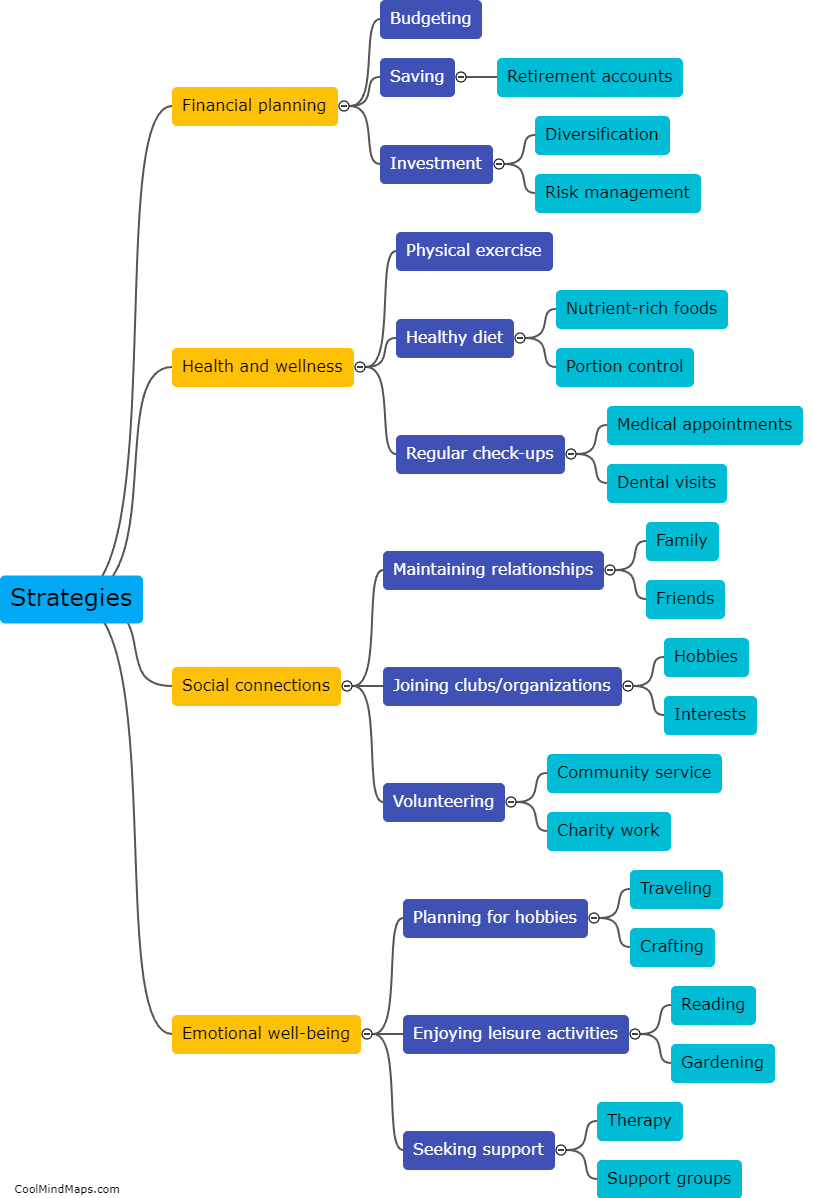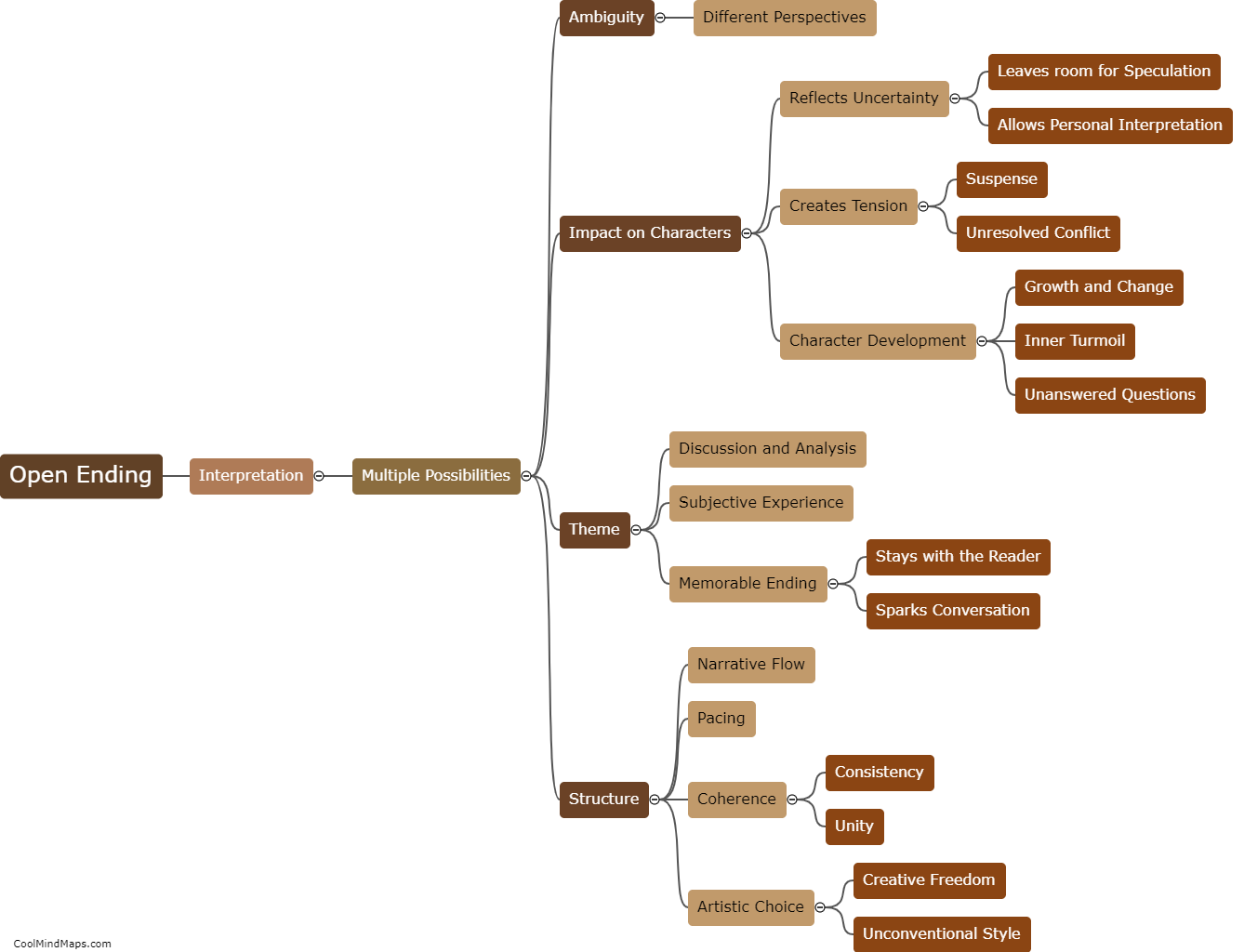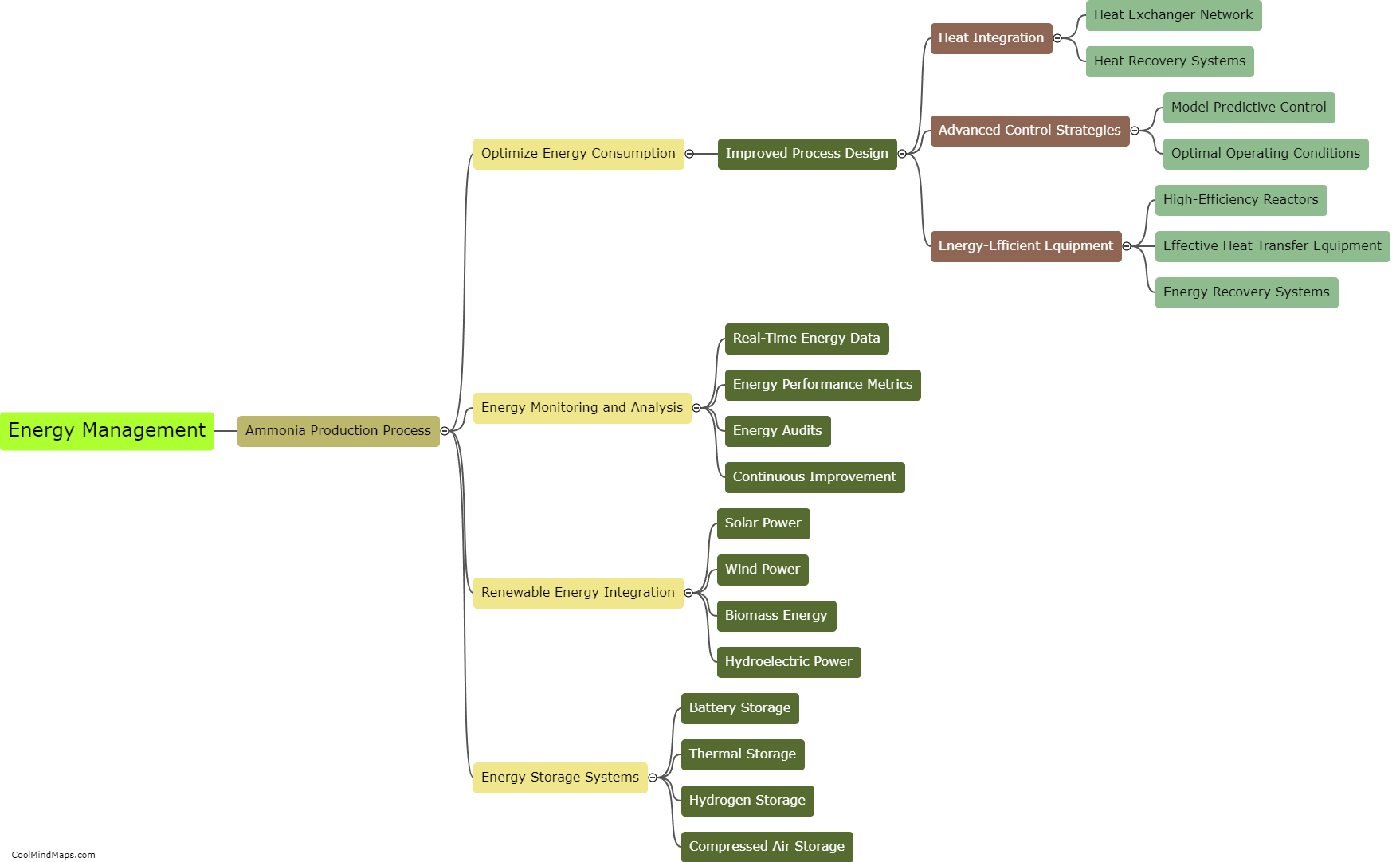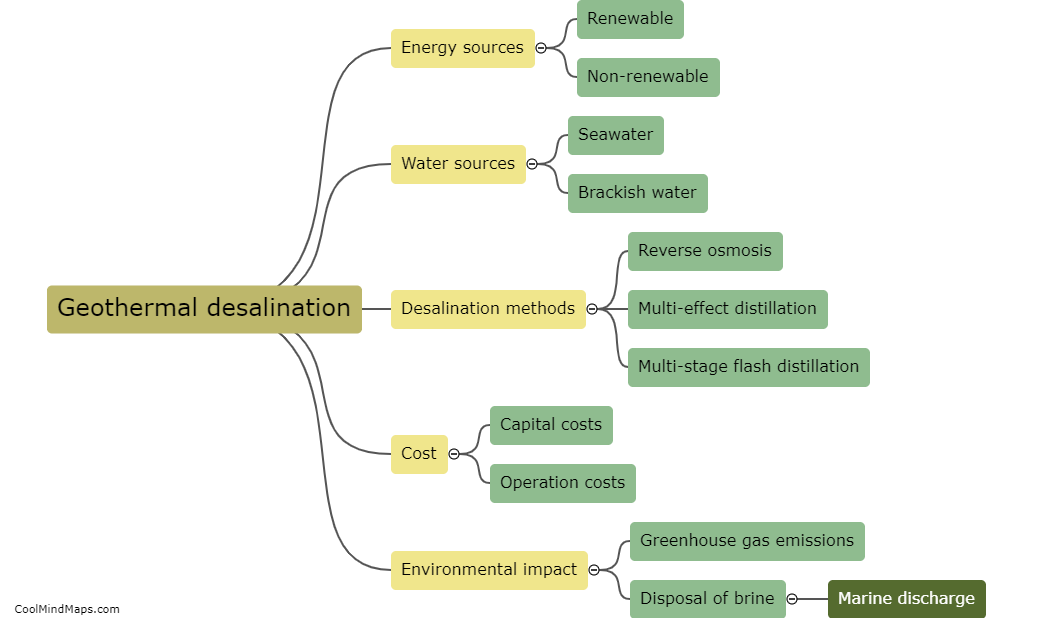How does solar-thermal water splitting compare to geothermal technology?
Solar-thermal water splitting and geothermal technology are two distinct technologies that have different approaches to harnessing green energy. Solar-thermal water splitting involves using solar energy to split water into oxygen and hydrogen, which can then be used as a clean fuel source. Geothermal technology, on the other hand, harnesses the heat derived from the Earth's core to generate electricity and heat water. While both technologies contribute to the goal of utilizing renewable energy sources, they have some fundamental differences. Solar-thermal water splitting relies solely on sunlight and requires a constant source of water, making it highly dependent on environmental conditions and water availability. Geothermal technology, on the other hand, has a more consistent energy supply, as the Earth's heat is relatively stable compared to the sun's radiation. Additionally, geothermal plants can operate at a higher capacity factor and generate electricity continuously, whereas solar-thermal water splitting systems are more limited in their power production. Ultimately, both technologies show great promise in the transition to cleaner energy sources, but their specific applications and environmental considerations may vary.

This mind map was published on 26 October 2023 and has been viewed 86 times.











